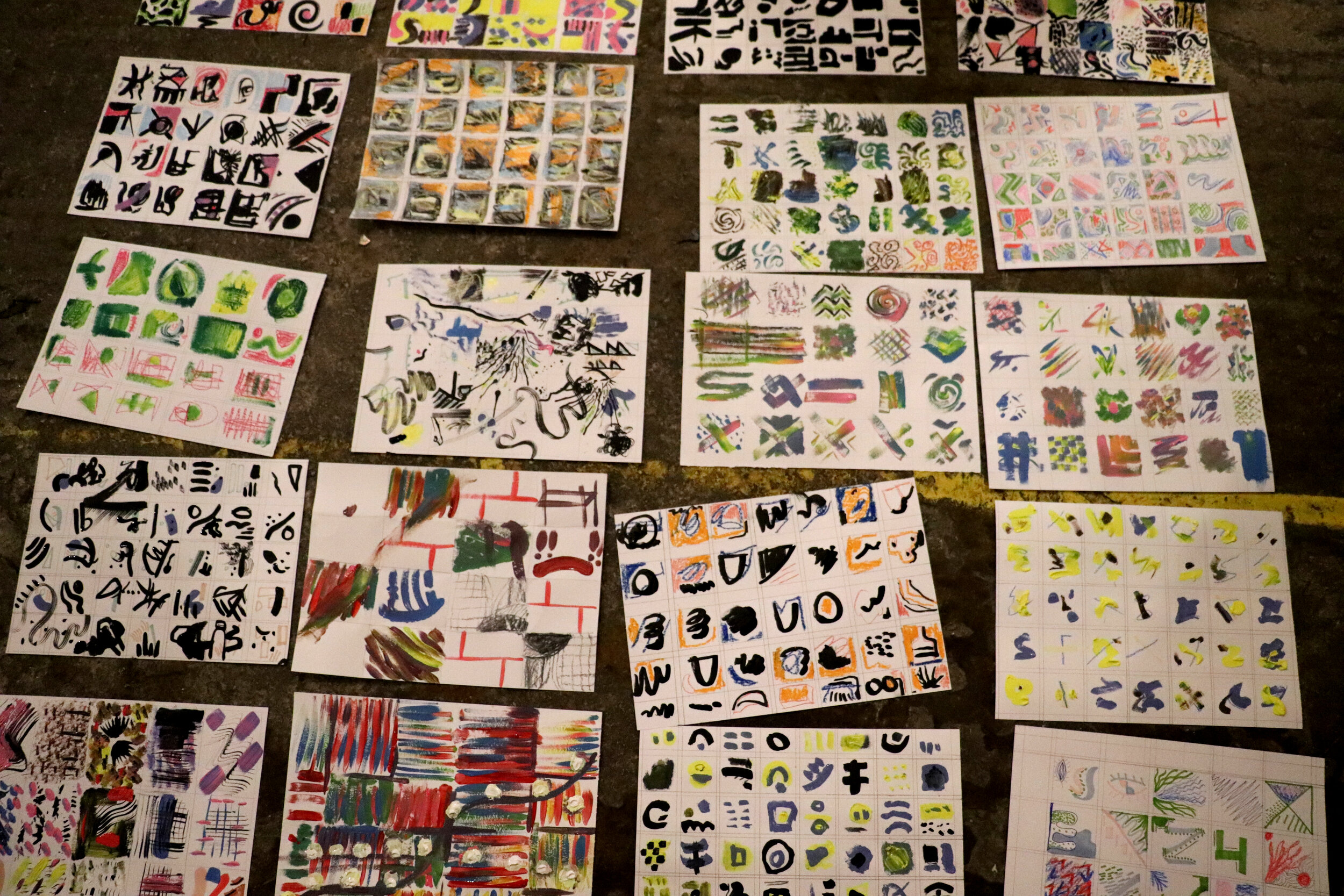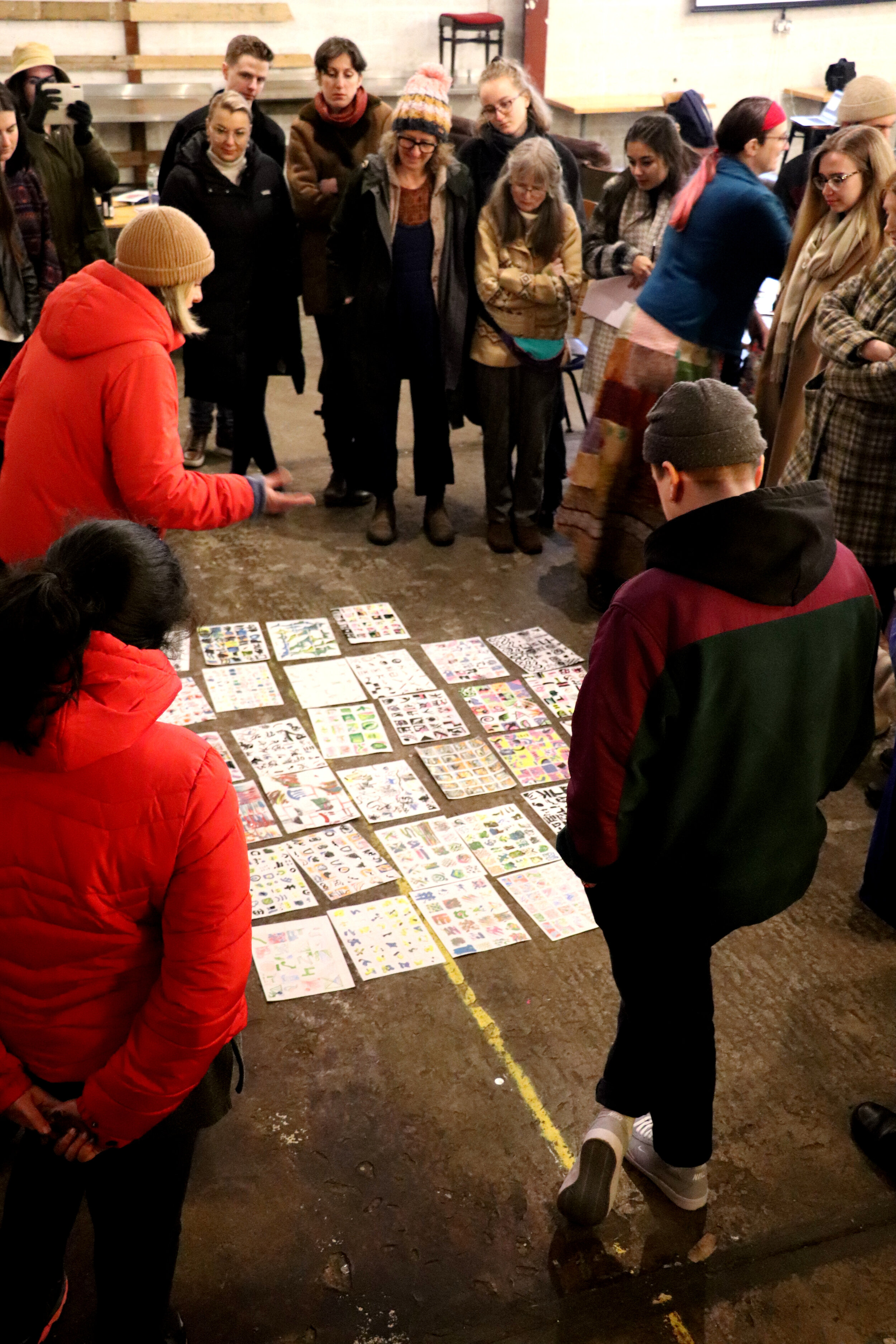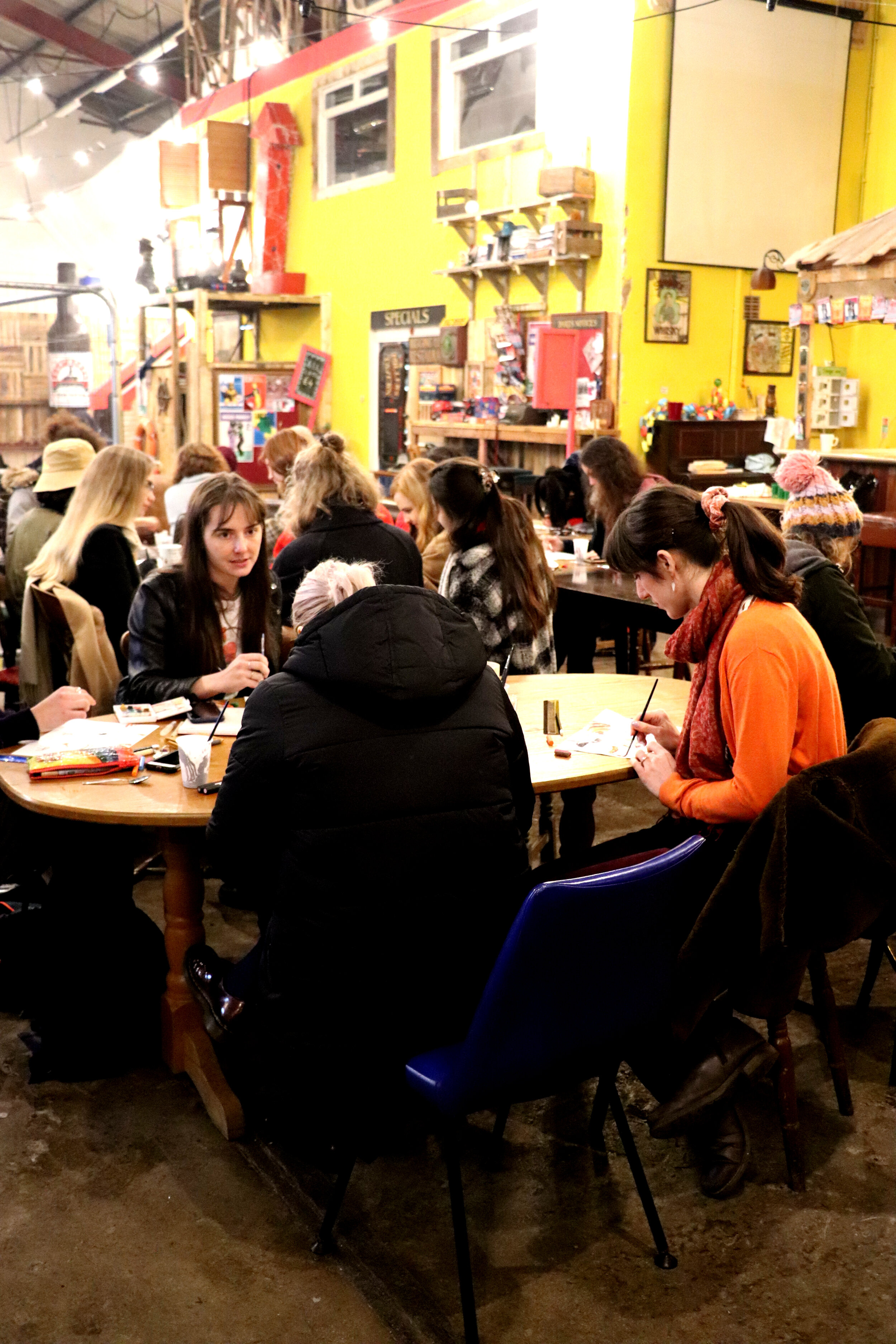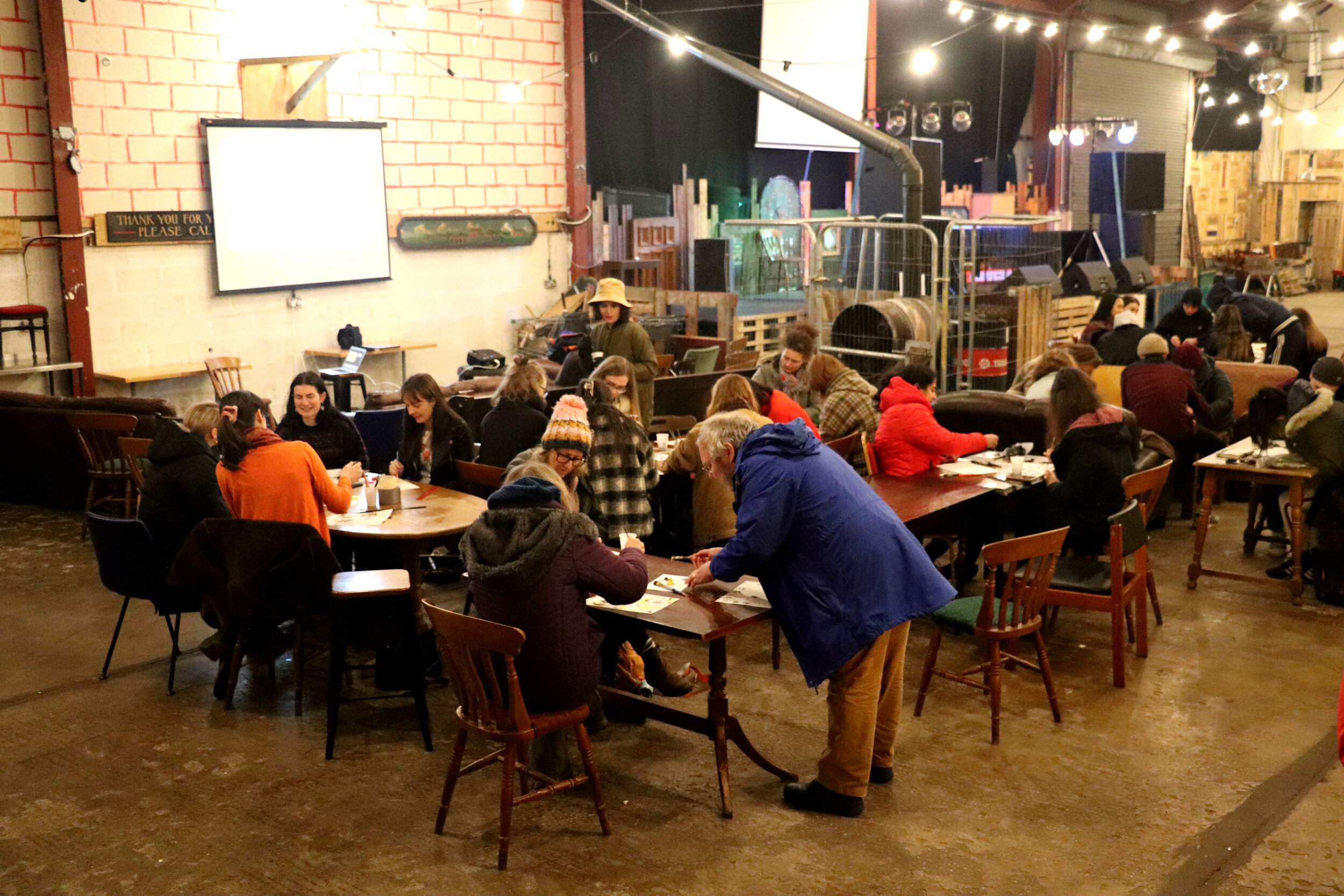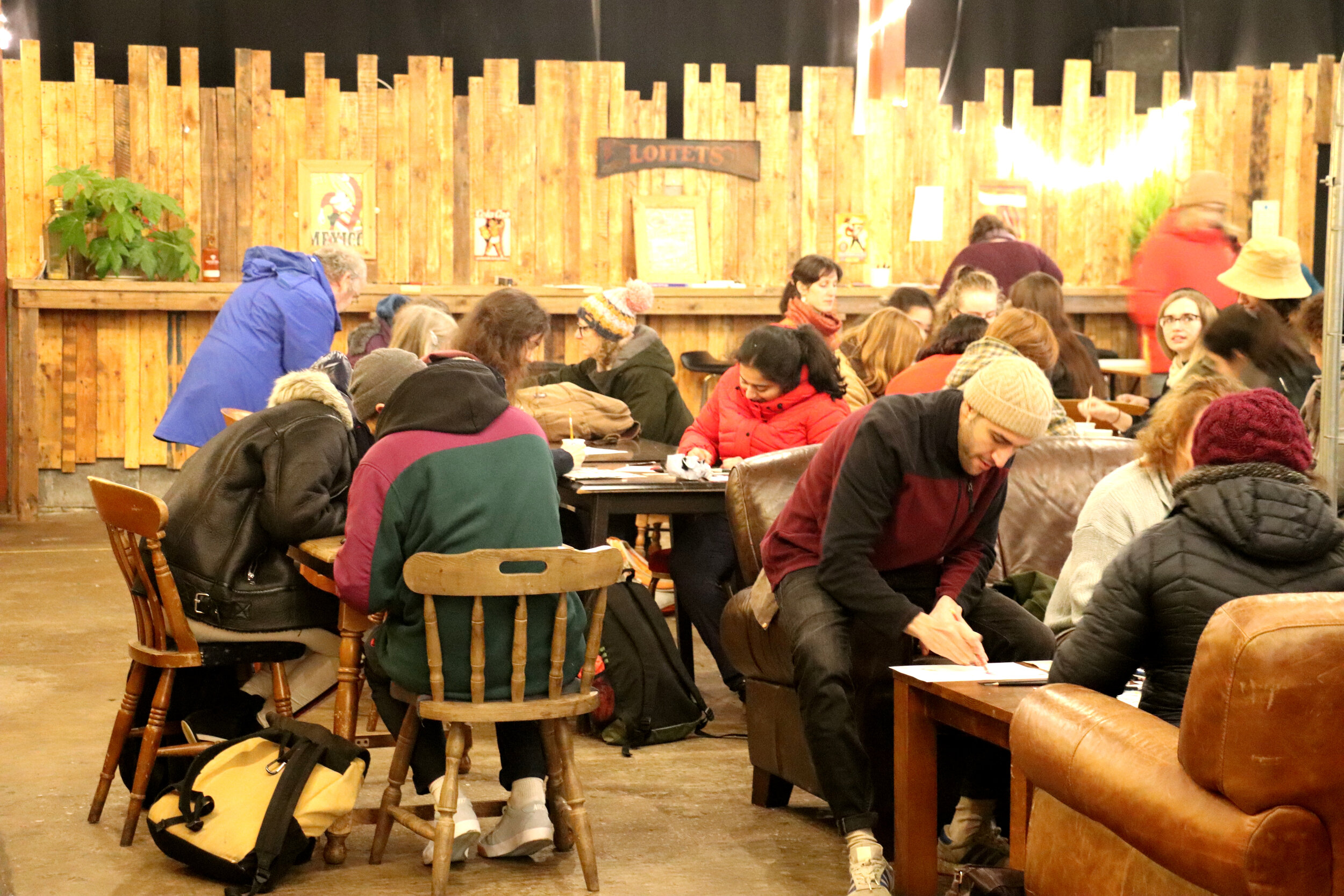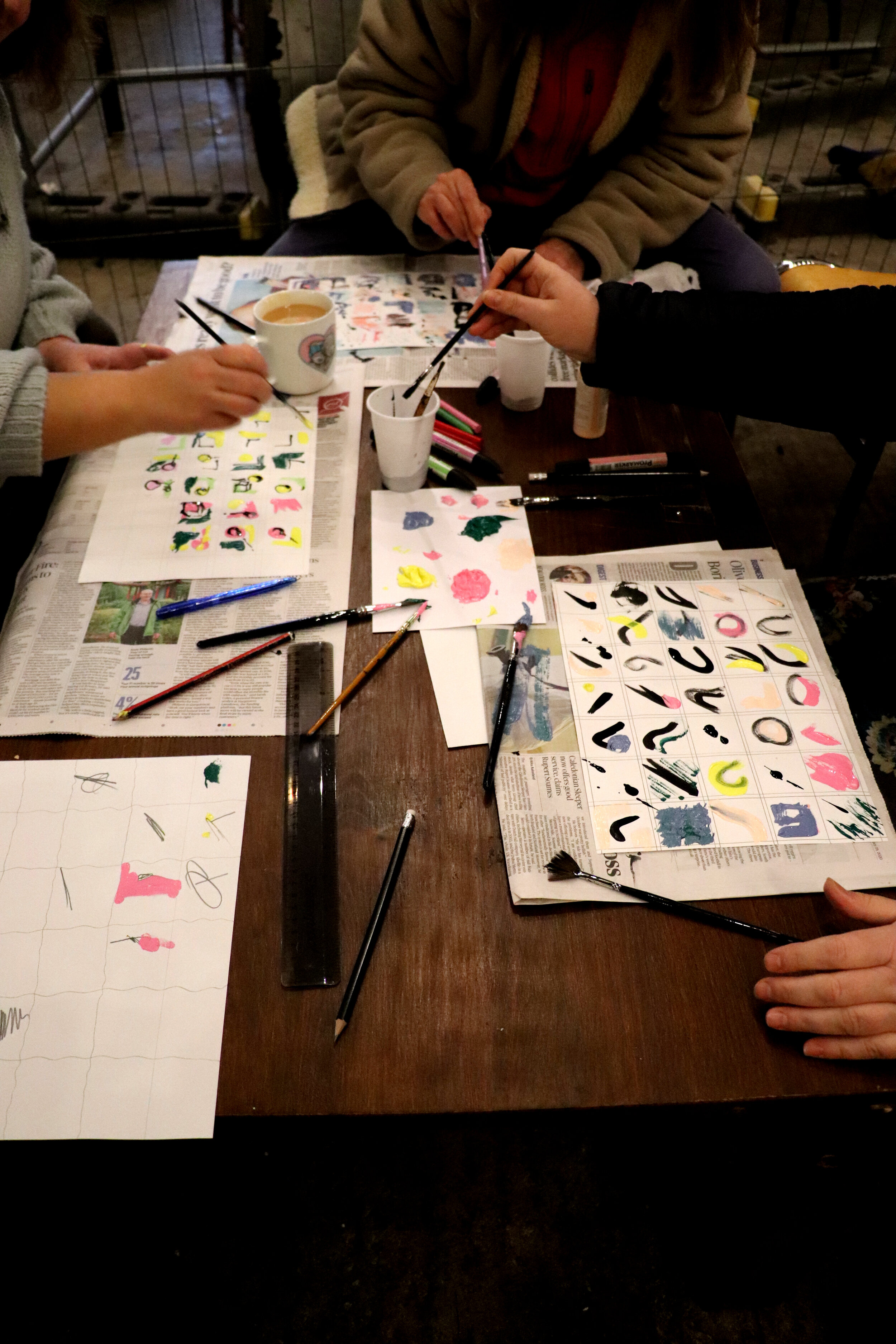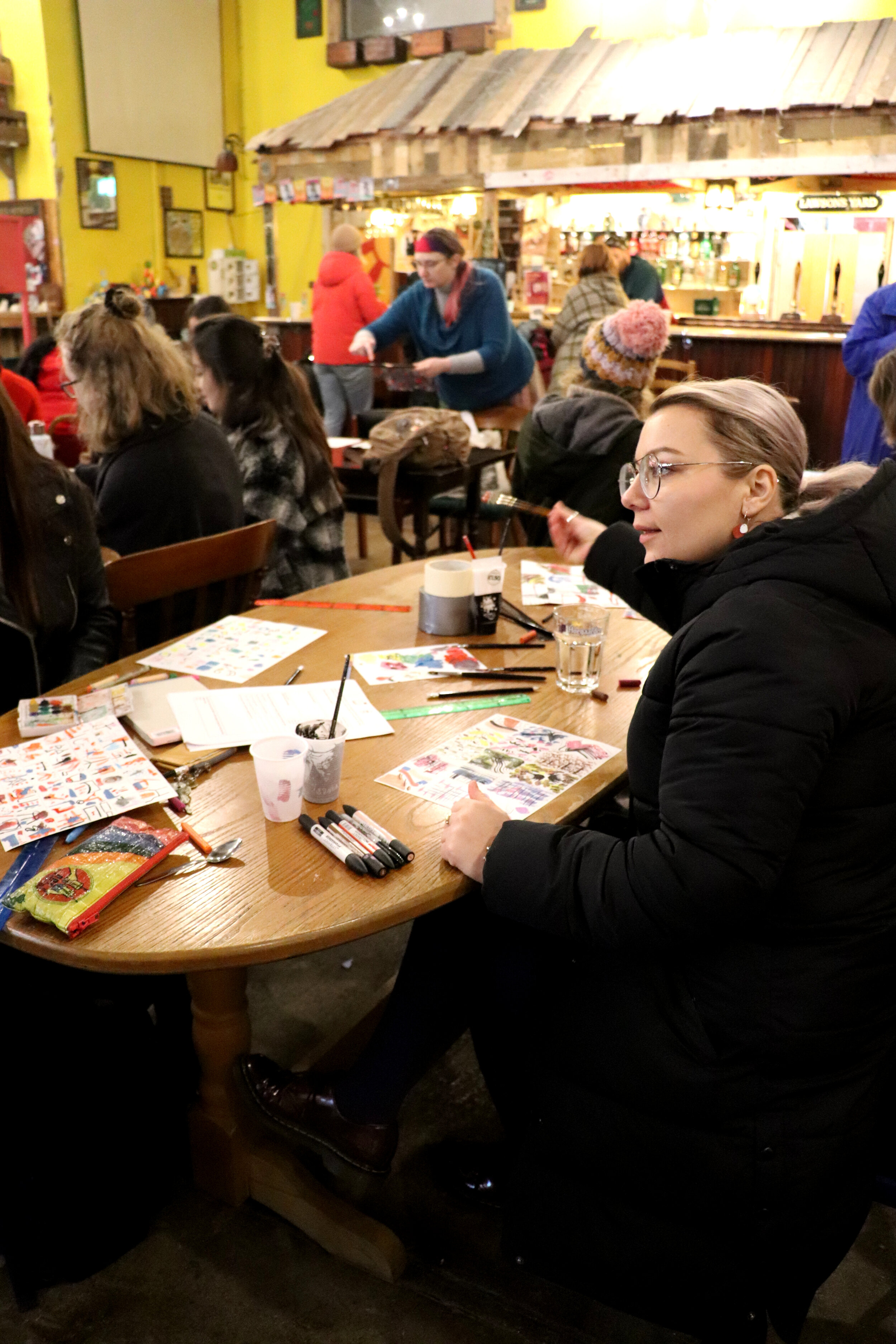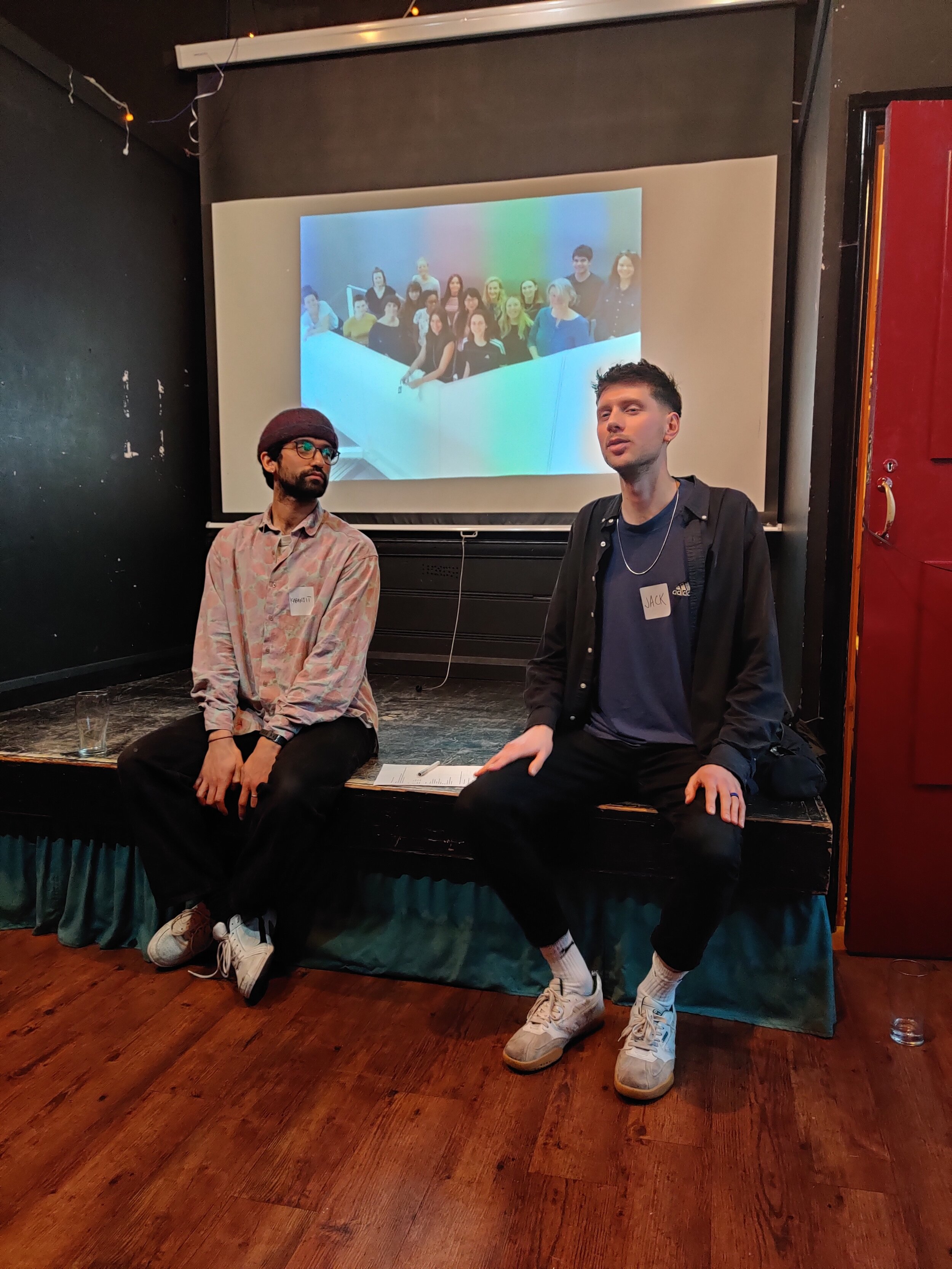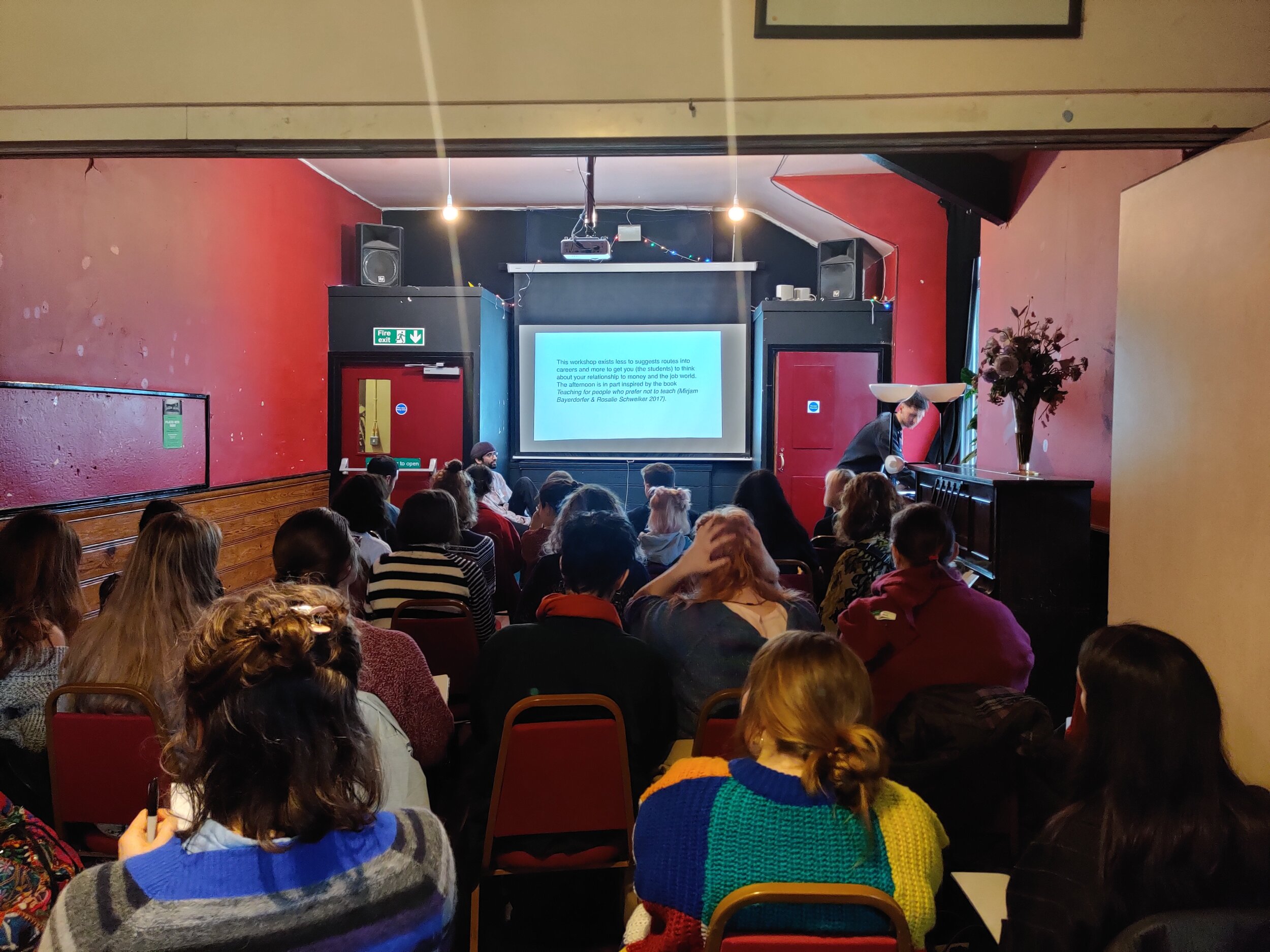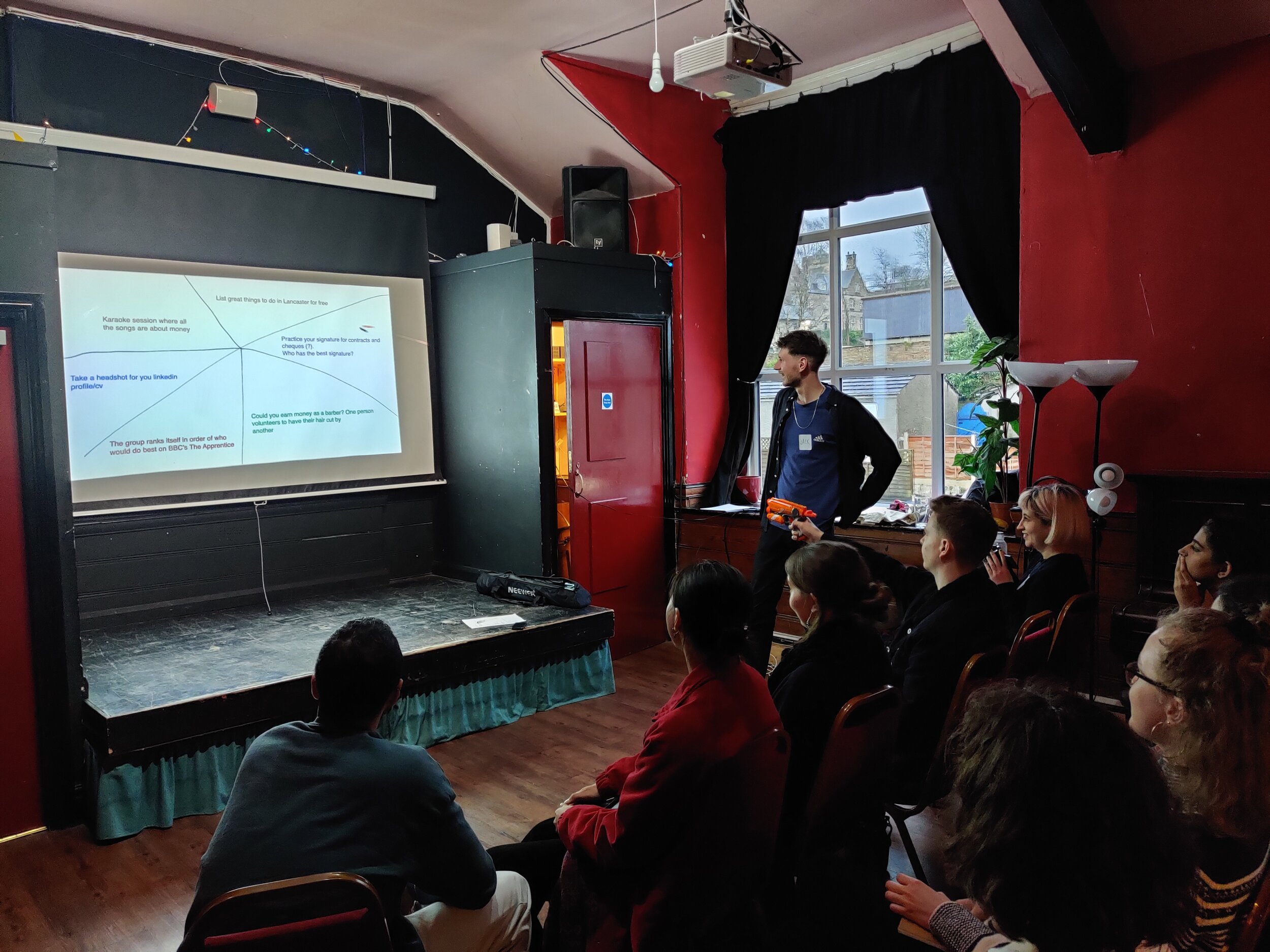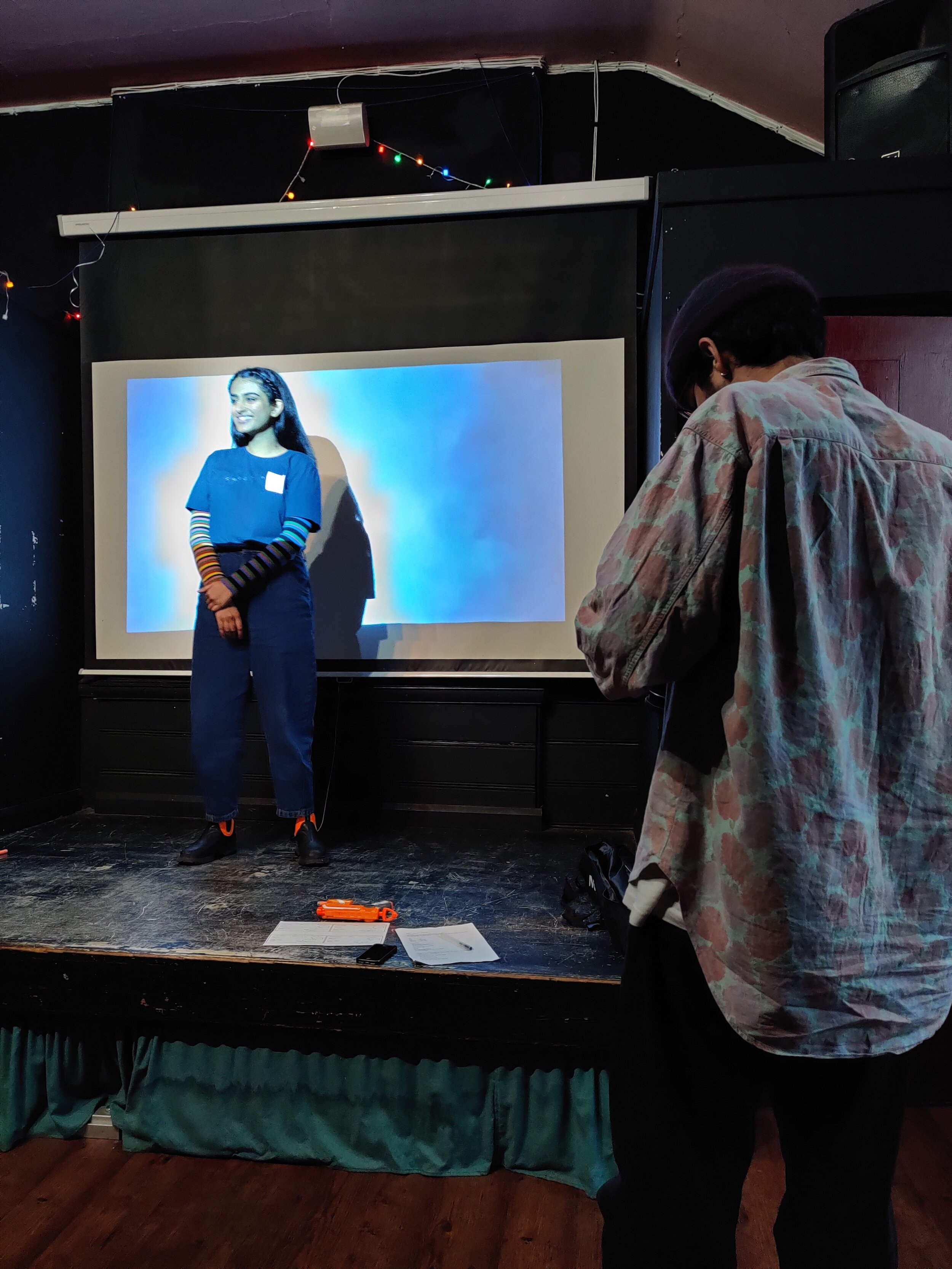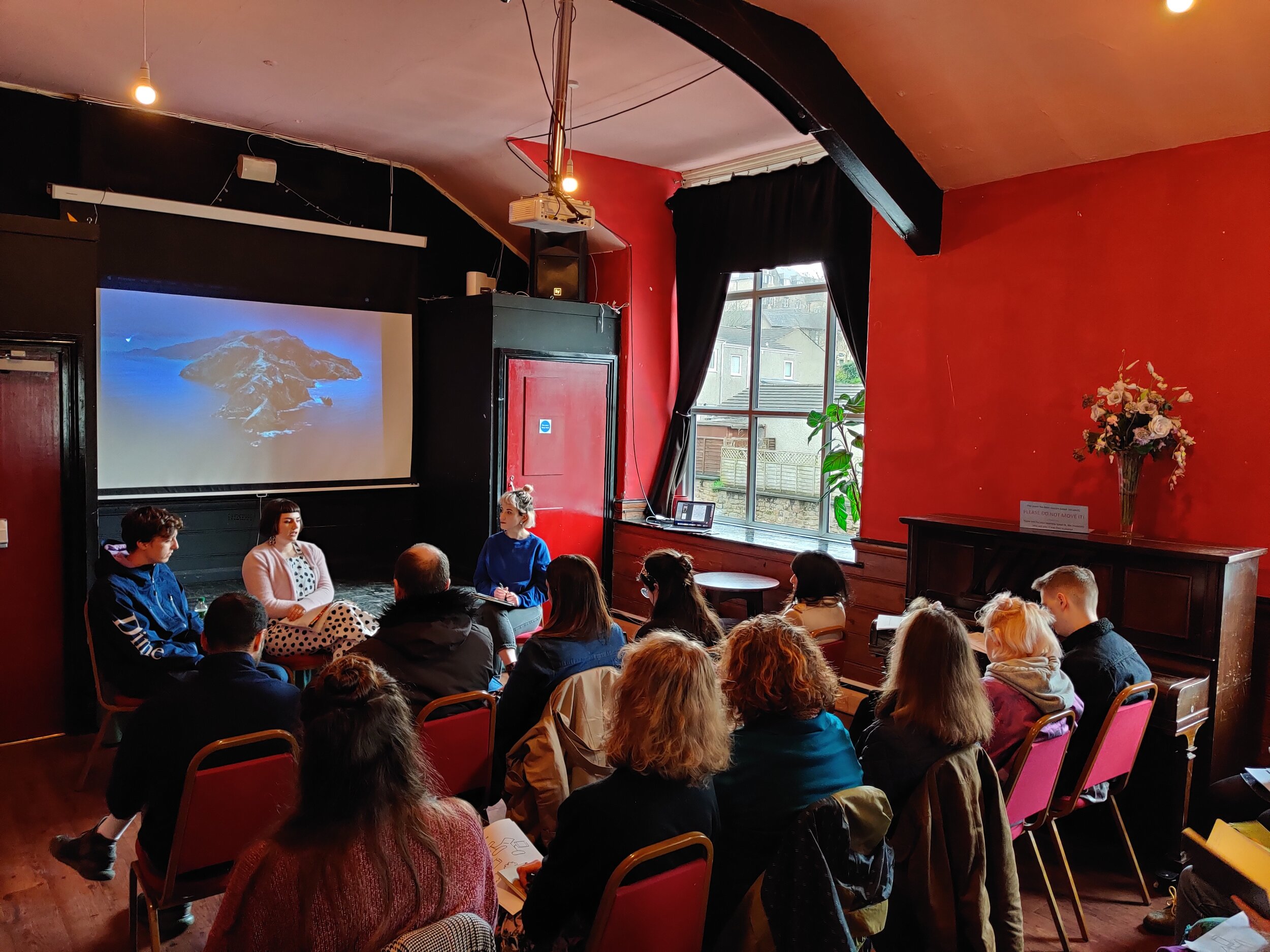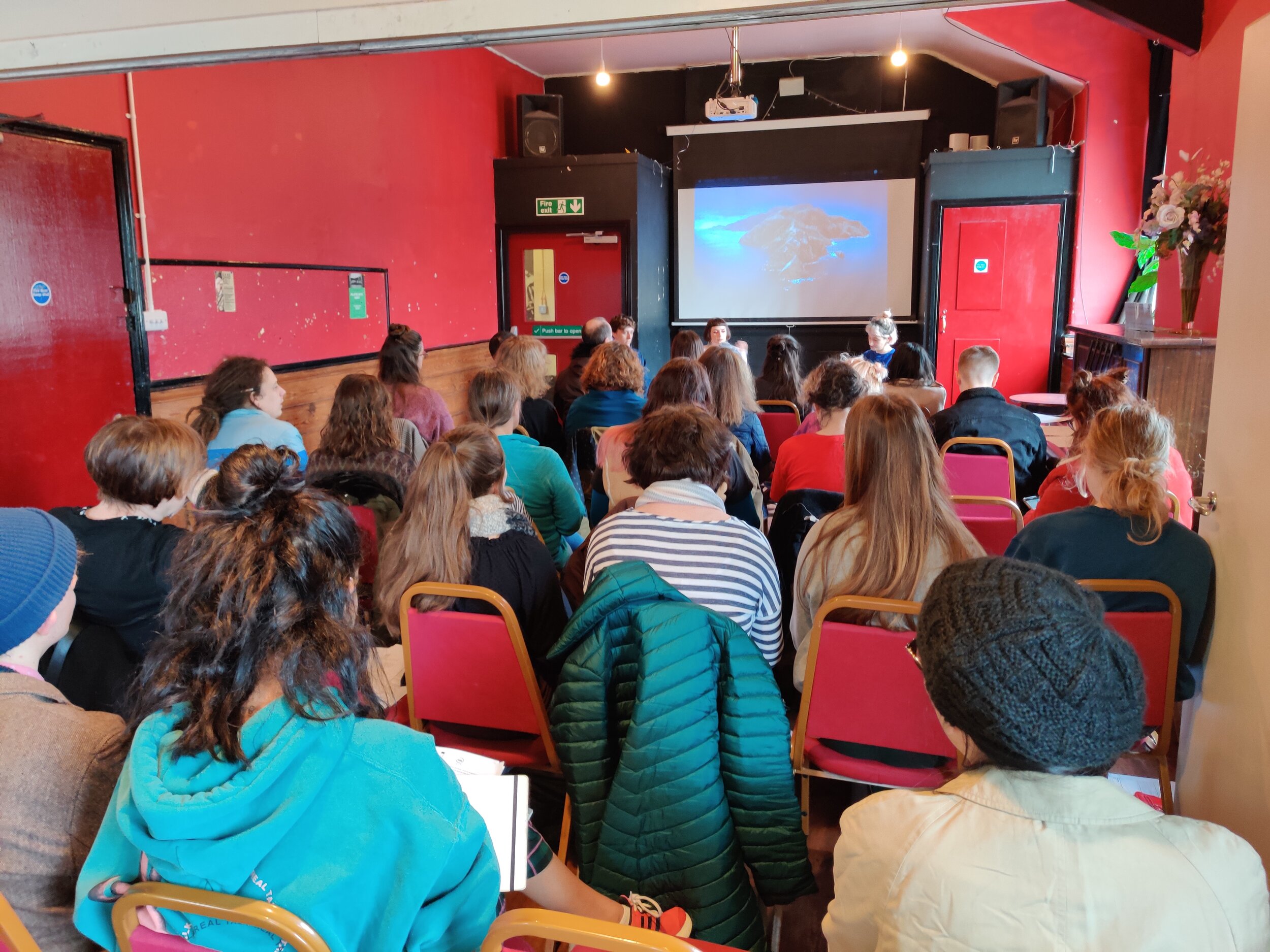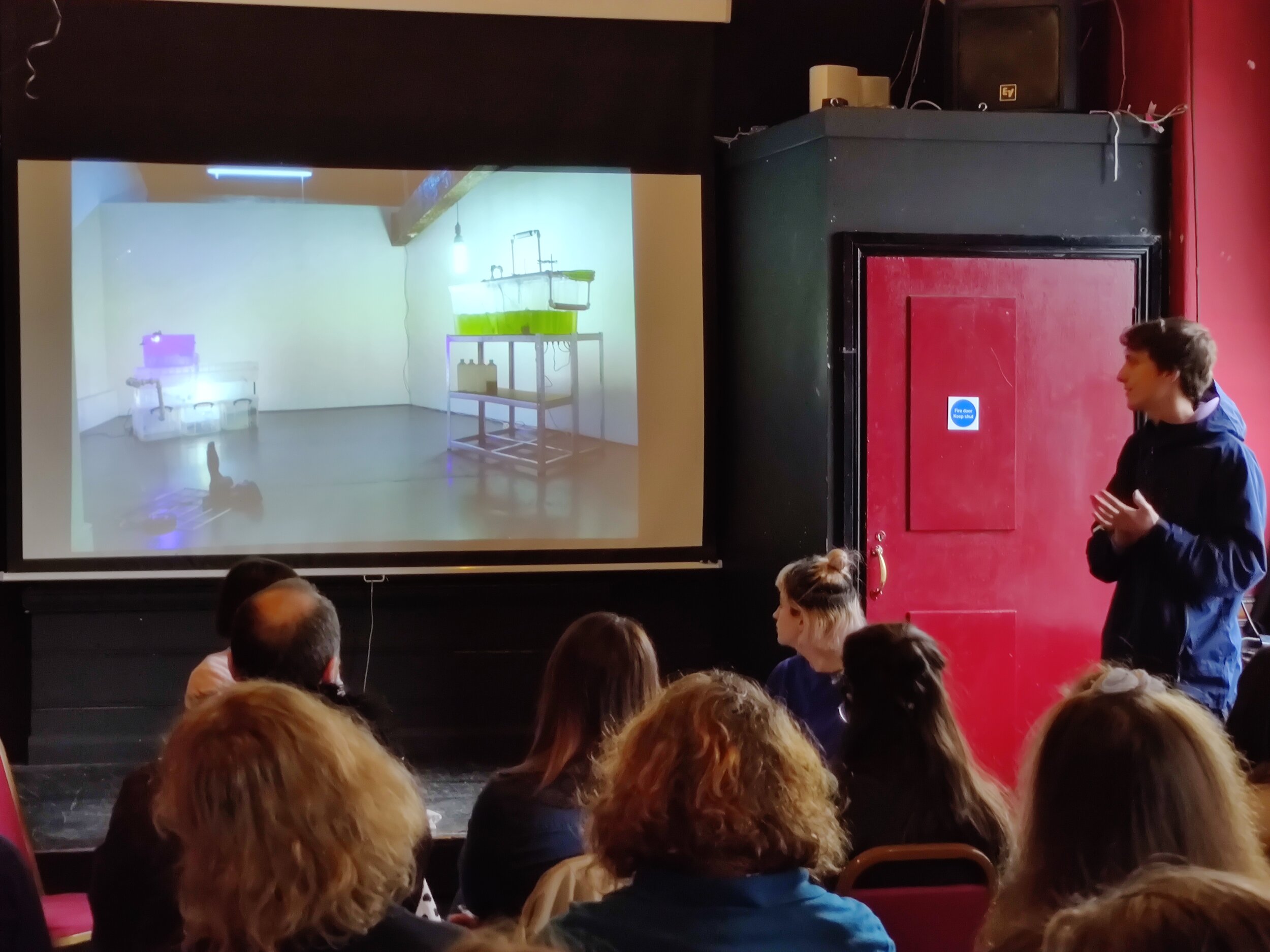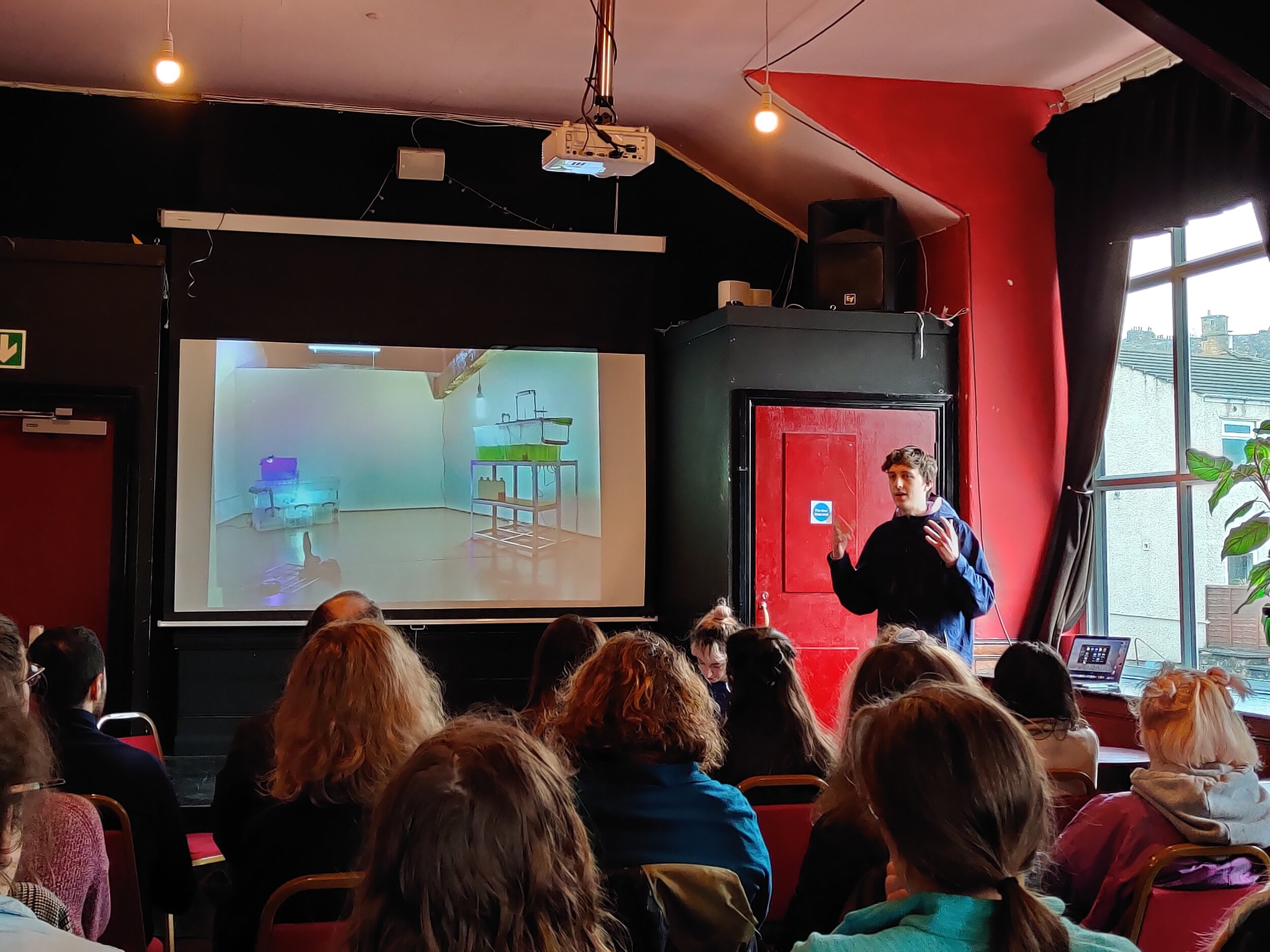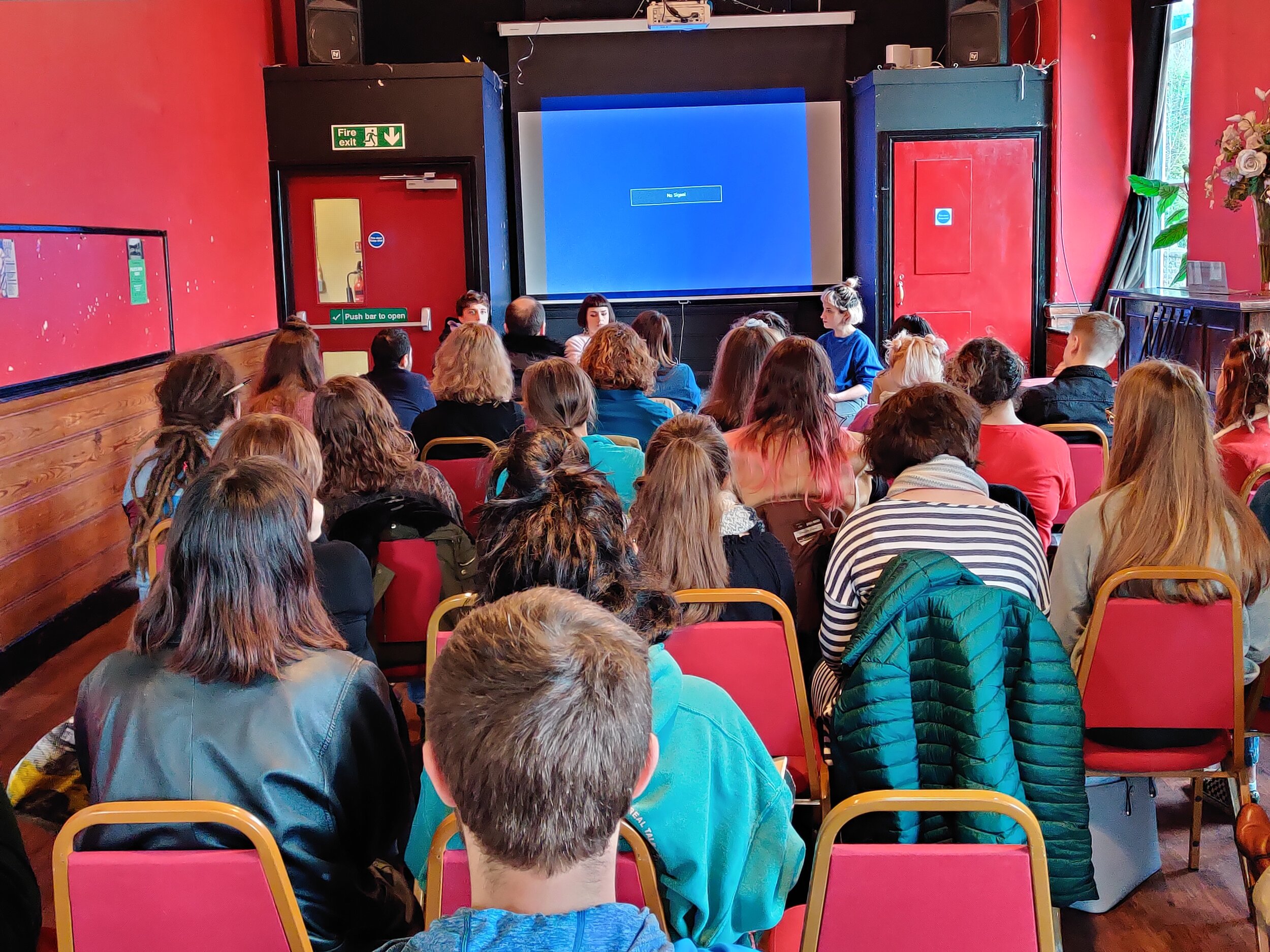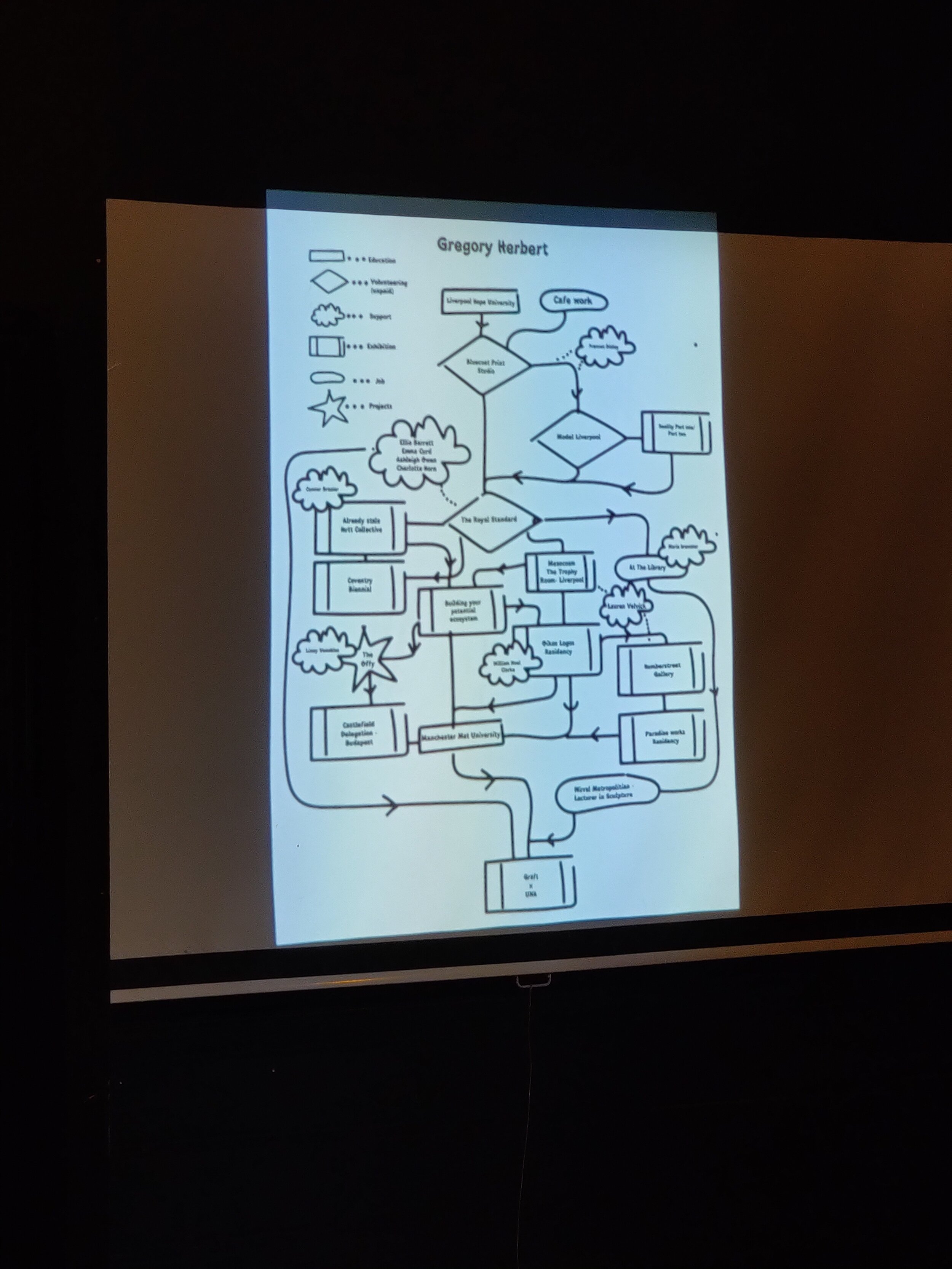The Artist’s Survival Guide 2020
13/02 - 22/02/2020
Greg Herbert / Jack Lewdjaw / Robyn Nichol / Karanjit Panesar / Beth Shapeero
Learn how to survive the art world…
…it’s a jungle out there!
The Artist Survival Guide was a series of talks and workshops for anyone interested in knowing what it takes to be an artist. Events shared practical skills and strategies to help you navigate and thrive in the art world, led by a selection of early career artists about their work and experience.
Lancaster-based community arts organisation GRAFT have collaborated with Lancaster University student-led Up North Arts (UNA) to figure out the key knowledge and skills artists need to survive at the start of their careers, which often nobody thinks to tell you about. The Artist’s Survival Guide invited five artists to deliver three sessions covering these areas, open to students, local artists and the general public.
TINY PAINTINGS: HOW TO RUN A CREATIVE WORKSHOP
Beth Shapeero
Glasgow-based artist Beth Shapeero led a workshop about workshops! Beth’s session explored risk taking and intuitive decision making by creating a large volume of tiny paintings. While running this activity, she explained the decision-making process behind pitching, planning and delivering participatory workshops, and how to make this part of your practice as an artist.
ALTERNATIVE CAREERS DAY
Jack Lewdjaw and Karanjit Panesar
To survive as an artist, it is essential to find and balance a variety of ways of earning an income and developing your career. As well as maintaining their artistic practice, Karanjit Panesar and Jack Lewdjaw co-founded East Bristol Contemporary and Rung magazine, which they use to support themselves and other emerging artists. Their session led participants to think about artists relationship to money and the world of jobs.
HOW TO GET NOTICED
Greg Herbert and Robyn Nichol
How do you get people to notice you as a newcomer to a congested and competitive art world? North West-based artists Greg Herbert and Robyn Nichol discussed the beginnings of their careers, and strategies to get your work shown in a variety of ways. The session explored both artists’ practice, how they have developed relationships with galleries and arts organisations.
